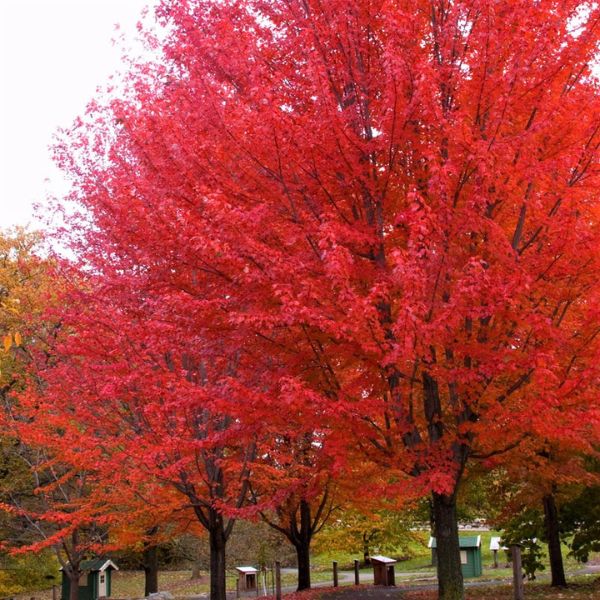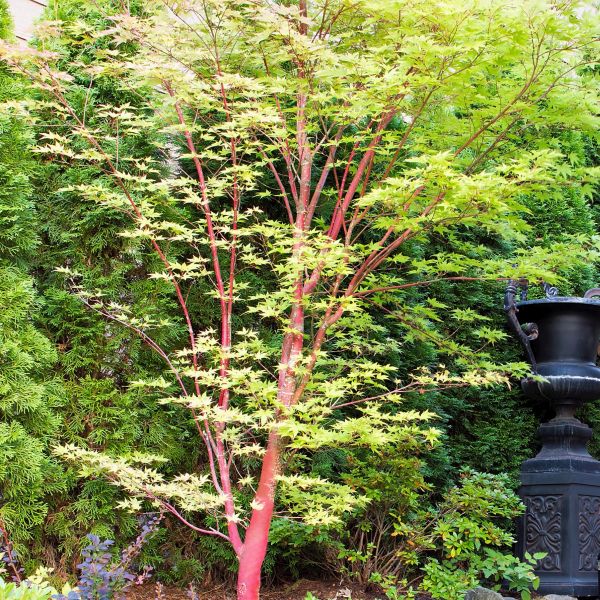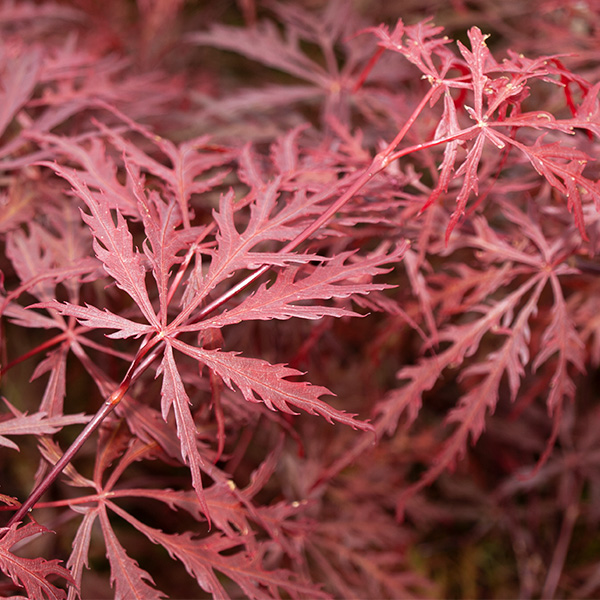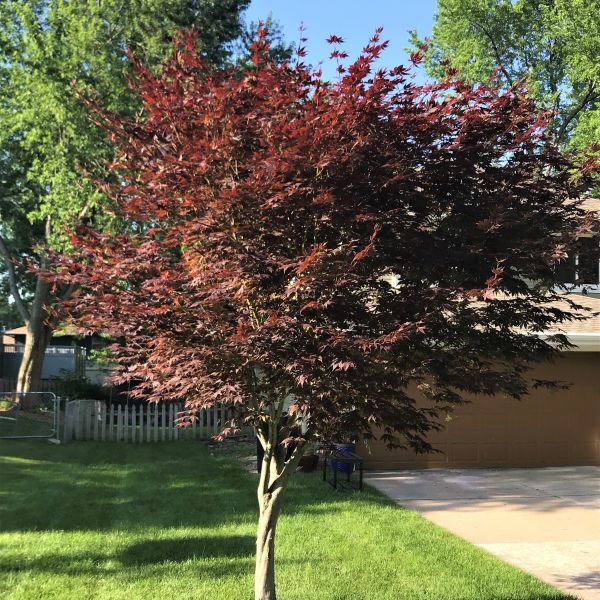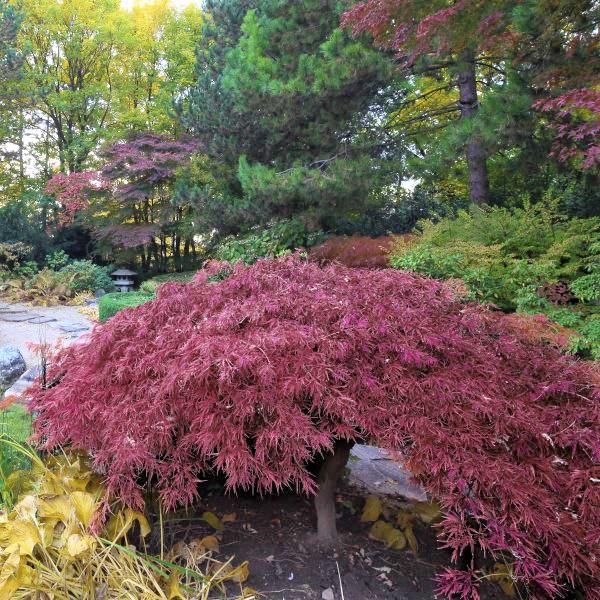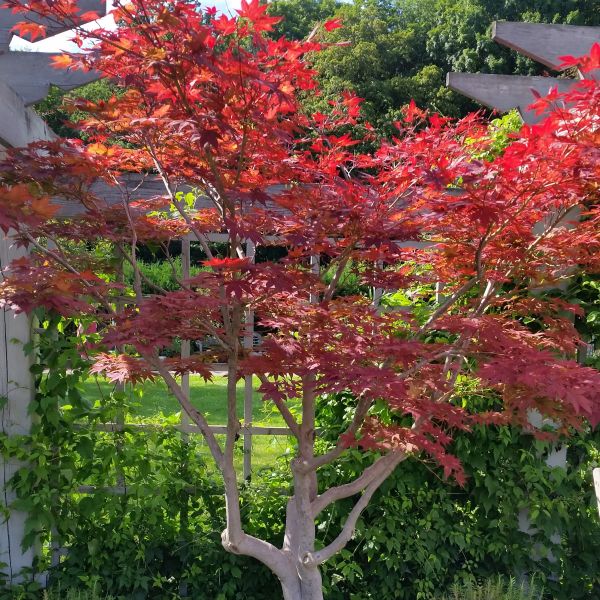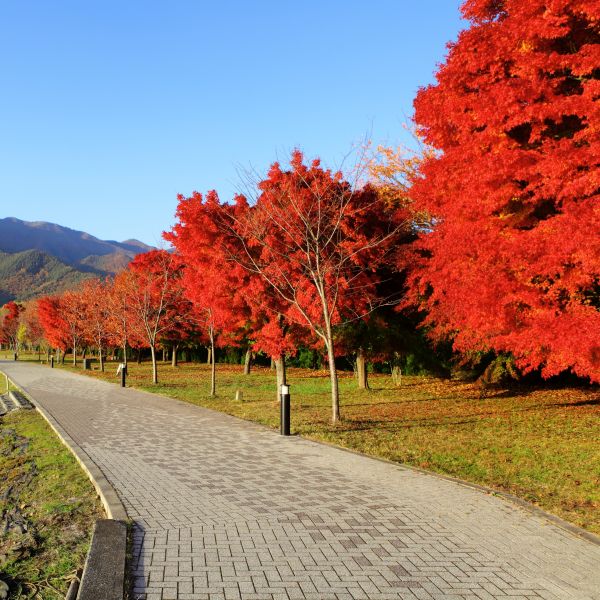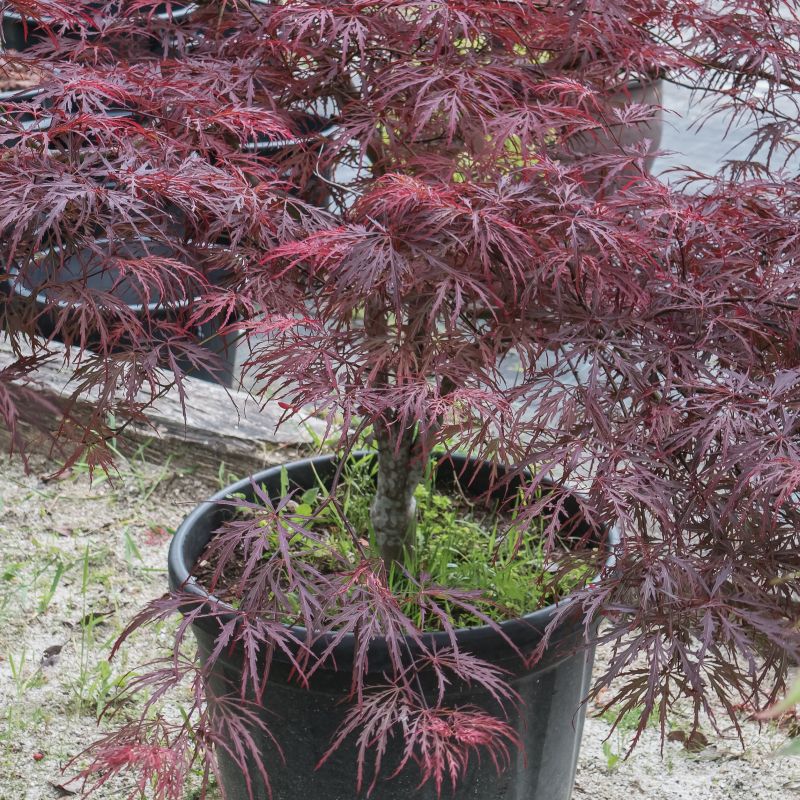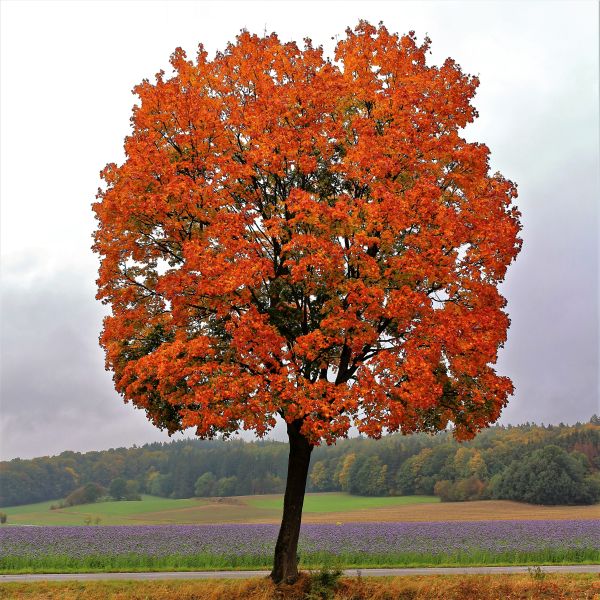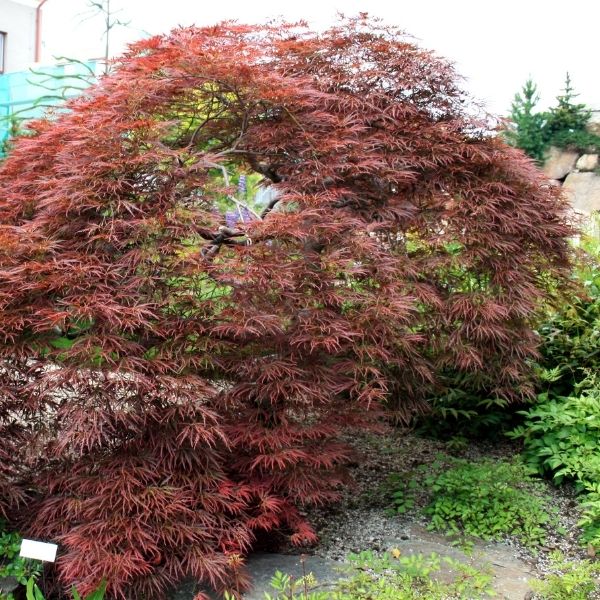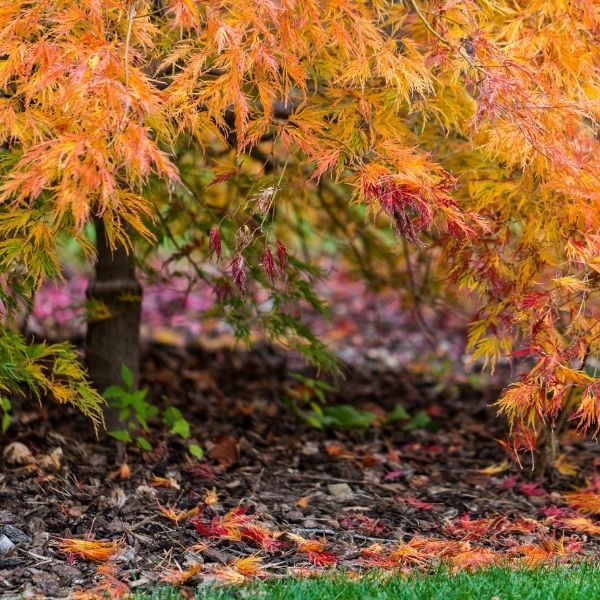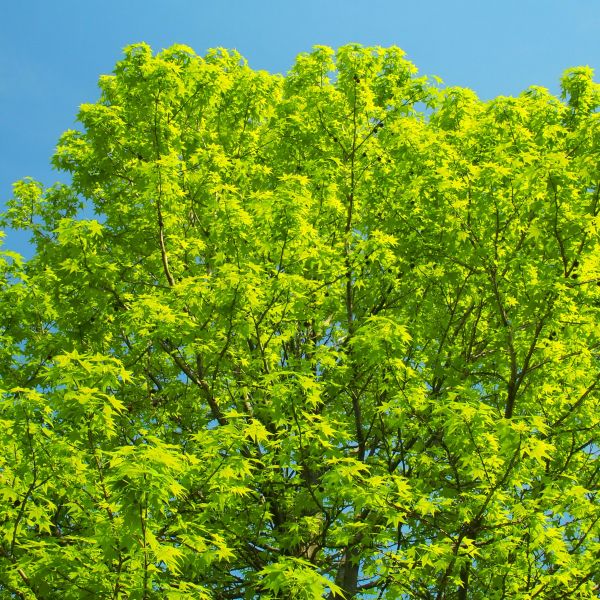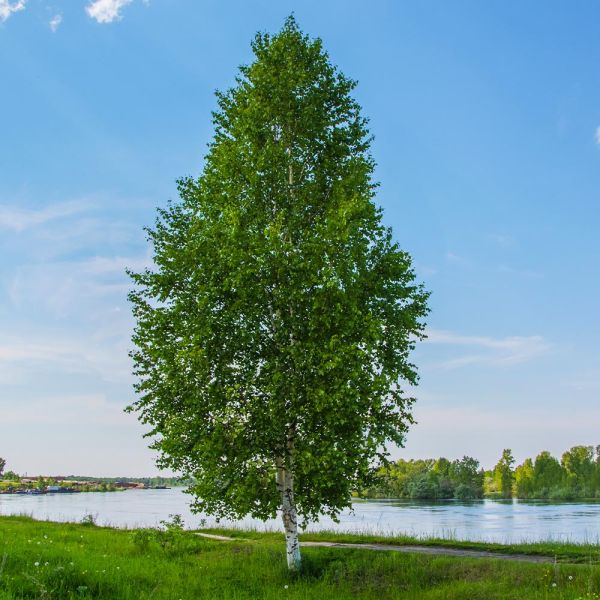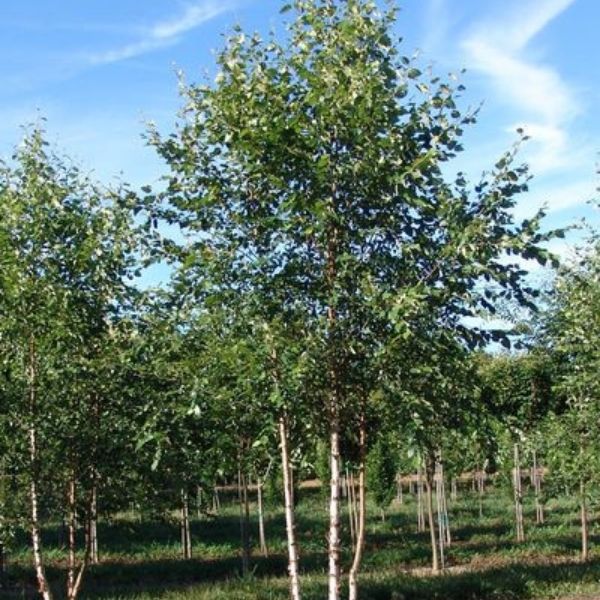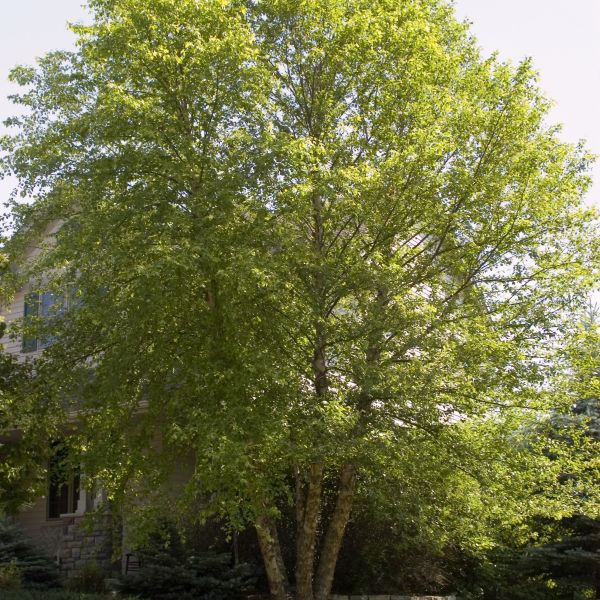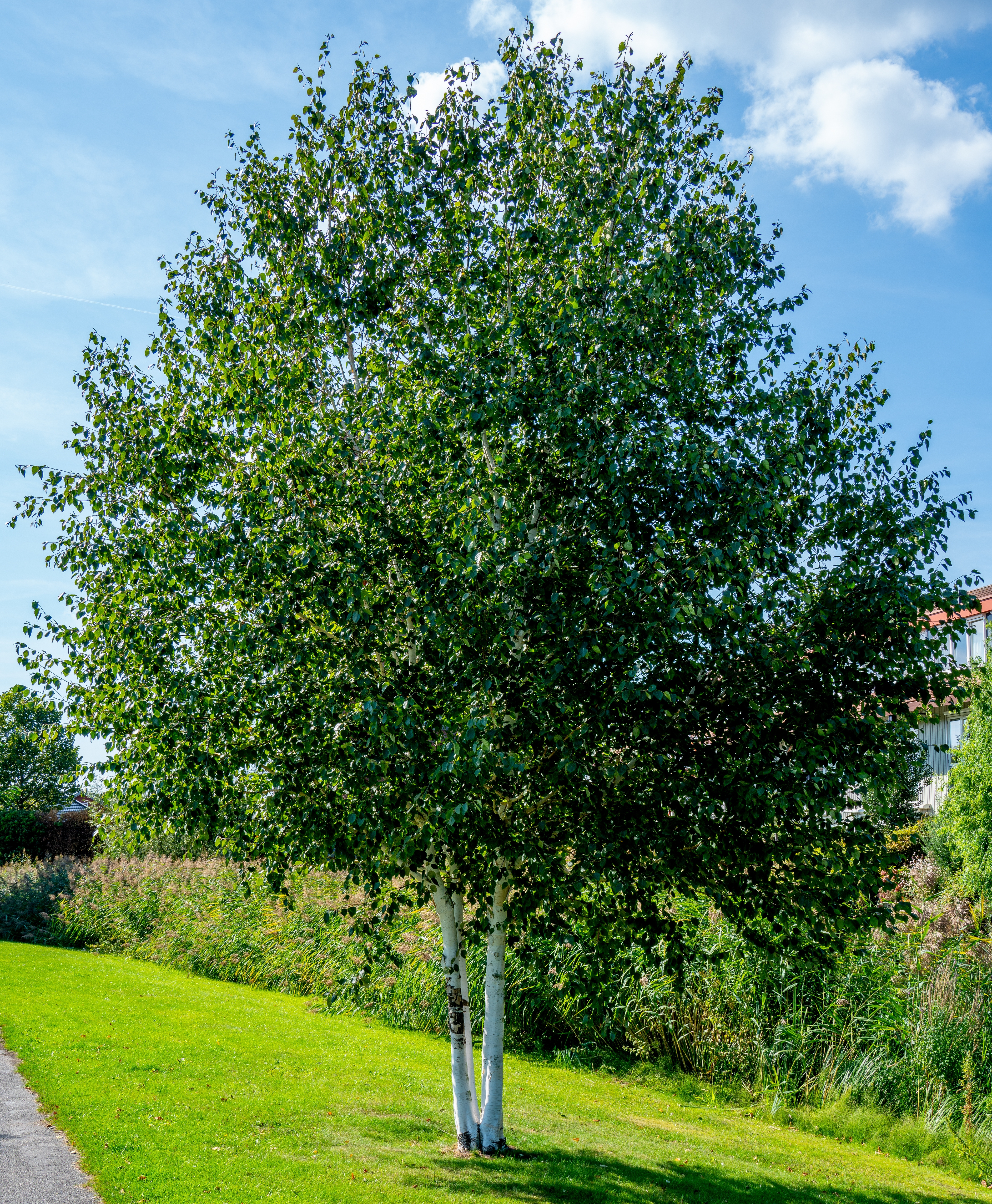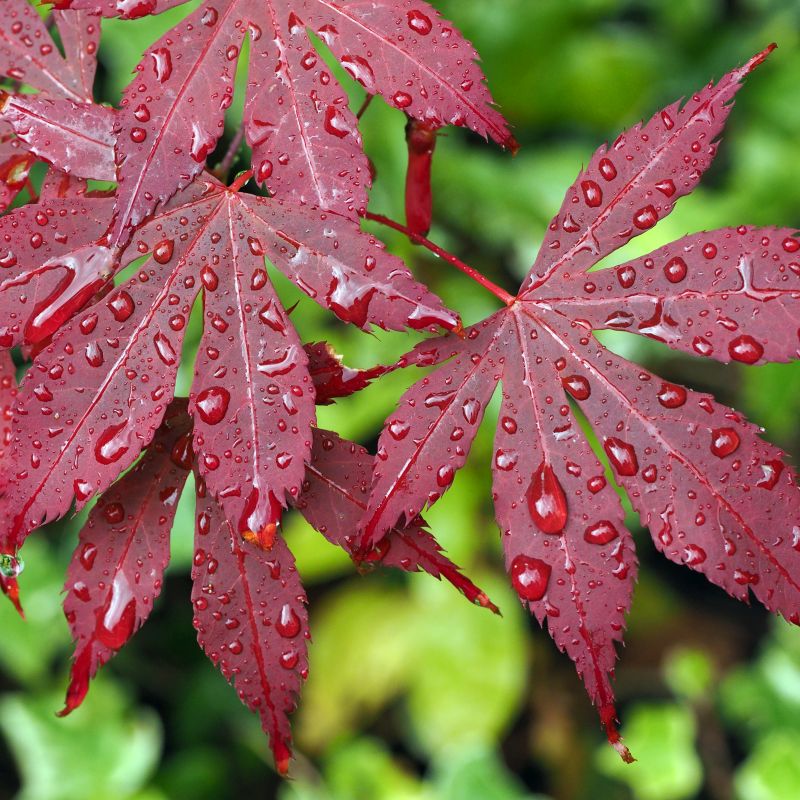


Bloodgood Japanese Maple
Acer palmatum 'Bloodgood'
16 reviews
Bloodgood Japanese Maple
Acer palmatum 'Bloodgood'
16 reviews
- Beautiful burgundy foliage that maintains its color all season long
- Graceful, cascading branches add an elegant touch to any landscape
- Tolerant of various soil types and is drought resistant once established
- Recommended by landscape designers for optimal fit in real yards
$126.00
$180.00
30% Off
- Ships to 43215 in 3 to 7 days
- Free Shipping Over $150
- Plant Arrival Guarantee
- In Stock
- Free Plant Consult
$200 - Landscape-Approved: Every Plant We Sell Comes With Design Expertise Behind It
- 1.5 Gallon 2-3 Feet Single Stem
- .63 Quart Single Stem
- 2.5 Gallon
- 3.5 Gallon 2-3 Feet
- 6 Gallon 4-5 Feet
Not just beautiful - intentionally selected by ShrubHub's 3D landscape design team to fit real-world spaces and maximize yard potential.
Why Bloodgood Japanese Maple?
The Bloodgood Japanese Maple (Acer palmatum 'Bloodgood') is a popular choice among gardeners for several reasons. Its deep, burgundy-red foliage adds a striking contrast to any landscape, making it a visually appealing choice. Additionally, this variety is known for its hardy nature and ability to tolerate a wide range of soil and climate conditions, making it a versatile and low-maintenance option for many gardeners.
People who loved this plant also bought
Sunlight
The Bloodgood Japanese Maple thrives in partial shade to full sun, but it performs best when it receives at least six hours of direct sunlight every day.
Watering
Bloodgood Japanese Maple trees require regular watering, especially during the first few years after planting. They prefer moist but well-draining soil and need to be watered deeply at least once a week, or more often during hot and dry periods.
Fertilizing
Bloodgood Japanese Maple trees require a well-draining soil and benefit from a slow-release, balanced fertilizer. Apply a granular fertilizer with a ratio of approximately 10-10-10 in early spring and again in late fall to promote healthy growth and vibran
Bloodgood Japanese Maple
Acer palmatum 'Bloodgood'
The Bloodgood Japanese Maple, also known by its scientific name Acer palmatum 'Bloodgood,' is a beautiful ornamental tree that is highly prized for its striking foliage and elegant form. This deciduous tree belongs to the genus Acer and is native to Japan, Korea, and China.
Key Features:
- Foliage: The Bloodgood Japanese Maple is renowned for its deeply dissected leaves that emerge a rich purple-red in spring. As summer arrives, the foliage transitions to a deep bronze-red shade, maintaining its vibrant color throughout the season. In fall, the leaves turn a brilliant scarlet, adding a fiery display to any landscape.
- Growth: This maple variety is a slow grower, typically reaching a height of 15 to 20 feet with a similar spread. Its upright, rounded form creates a graceful silhouette, making it an excellent choice as a focal point in gardens or as a small shade tree in landscapes of any size.
- Tolerance: The Bloodgood Japanese Maple thrives in partial shade or full sun, although it benefits from some protection against intense afternoon sun in hotter climates. It prefers moist, well-drained soil but can adapt to a wide range of soil types. With its hardy nature, this maple is suitable for USDA hardiness zones 5 to 8.
- Versatility: Whether planted as a standalone specimen, in groups, or in containers, the Bloodgood Japanese Maple adds an instant touch of elegance and beauty to any setting. Its relatively compact size allows it to fit well in smaller garden spaces, courtyards, or patios. Additionally, it can be pruned to maintain its desired shape or size.
- Seasonal Interest: The Bloodgood Japanese Maple offers year-round visual interest. From its striking leaf colors in spring, summer, and fall to its graceful silhouette during winter, this tree is sure to captivate in every season.
Uses:
The Bloodgood Japanese Maple is a versatile tree that serves various purposes in landscape design. Its ornamental nature makes it a popular choice for adding color and texture to gardens, residential yards, parks, and other outdoor spaces. Its graceful form and attractive foliage also make it suitable for creating focal points, accentuating walkways, or framing views. Additionally, its compact size allows it to be grown in containers, making it an ideal choice for patio or balcony gardens.
Care Instructions:
To ensure the optimal growth and health of your Bloodgood Japanese Maple tree, it is important to provide it with the following care:
- Watering: Keep the soil evenly moist but not waterlogged. Deep watering during dry spells is essential, especially during the early years after planting.
- Pruning: Prune as needed during the dormant season (winter) to remove dead or damaged branches and maintain its desired shape. Avoid heavy pruning as this variety generally has a naturally attractive form.
- Fertilizing: Fertilize in early spring with a balanced slow-release fertilizer formulated for trees.
- Pest and Disease: The Bloodgood Japanese Maple is relatively disease and pest resistant. However, regular observation and prompt treatment of any signs of pests or diseases are recommended.
- Protection: Mulch around the base of the tree to conserve moisture, suppress weeds, and protect the roots from extreme temperatures. Apply a layer of 2-4 inches of organic mulch, keeping it a few inches away from the trunk.
Plant Information:
| Botanical Name: | Acer palmatum 'Bloodgood' |
| USDA Zones: | 5 - 8 |
| Water: | Moderate |
| Exposure: | Full Sun |
| Soil Needs: | Widely Adaptable |
| Mature Height: | 15 - 20 feet |
| Mature Spread: | 12 - 15 feet |





Pollination Info
Pollination Information for Bloodgood Japanese Maple (Acer palmatum 'Bloodgood')
- Botanical Name: Acer palmatum 'Bloodgood'
- Common Name: Bloodgood Japanese Maple
- Pollination Type: Self-pollinating (but may benefit from cross-pollination)
About Bloodgood Japanese Maple:
Bloodgood Japanese Maple, scientifically known as Acer palmatum 'Bloodgood', is a beautiful deciduous tree renowned for its stunning deep red-purple foliage. It is a popular cultivar with attractive, deeply lobed leaves that maintain their color throughout the summer months.
Pollination Requirements:
Bloodgood Japanese Maple trees are primarily self-pollinating, meaning they have both male and female reproductive organs in each flower. Therefore, they can produce viable seeds and fruits without the need for another Bloodgood Japanese Maple or a different cultivar for cross-pollination.
Cross-Pollination Benefits:
Although Bloodgood Japanese Maple is self-pollinating, cross-pollination with another cultivar of Japanese Maple can enhance the gene pool and may result in genetic diversity, potentially leading to improved growth or better adaptability. In nature, wind or insects often aid in cross-pollination between different Acer palmatum varieties.
Pollination Process:
Bloodgood Japanese Maple produces small inconspicuous flowers that emerge in spring or early summer. The flowers consist of both male and female reproductive parts. The wind or pollinating insects such as bees or butterflies play a crucial role in transferring pollen between flowers. Once pollinated, the female flowers develop into winged samaras (papery seeds) that mature in the fall and disperse with the help of wind.
Importance of Pollination:
Pollination is essential for the reproduction and survival of Bloodgood Japanese Maple. Successful pollination ensures the production of seeds and fruits, contributing to the species' genetic diversity and enabling the tree's propagation. Additionally, the flowers of Bloodgood Japanese Maple add beauty and attract beneficial pollinators to your garden.
FAQ
Bloodgood Japanese Maple (Acer palmatum 'Bloodgood') FAQ
General Information
What is a Bloodgood Japanese Maple?
Bloodgood Japanese Maple (Acer palmatum 'Bloodgood') is a popular cultivar of the Japanese maple tree. It is known for its stunning deep red, almost purple foliage, making it a beautiful addition to gardens and landscapes.
What is the size of a mature Bloodgood Japanese Maple?
A mature Bloodgood Japanese Maple can reach a height of 15-20 feet and a width of 15-20 feet.
What is the hardiness zone for Bloodgood Japanese Maple?
Bloodgood Japanese Maple is hardy in USDA zones 5-8.
Does Bloodgood Japanese Maple require full sun or shade?
While Bloodgood Japanese Maple can tolerate some shade, it thrives in full sun to achieve its vibrant red color. It is recommended to provide it with at least 4-6 hours of direct sunlight per day.
Planting and Care
When is the best time to plant a Bloodgood Japanese Maple?
The best time to plant a Bloodgood Japanese Maple is in early spring or fall when the soil is cool. Avoid planting during hot summer months.
What type of soil does Bloodgood Japanese Maple prefer?
Bloodgood Japanese Maple prefers well-drained soil that is moist but not waterlogged. It thrives in slightly acidic soil with a pH range of 5.5-6.5.
How often should I water my Bloodgood Japanese Maple?
During the first year after planting, water your Bloodgood Japanese Maple deeply once or twice a week to help establish its root system. Once established, it generally requires watering during periods of drought.
Does Bloodgood Japanese Maple require pruning?
Bloodgood Japanese Maple doesn't require extensive pruning, but periodic pruning may be necessary to maintain its shape and remove any dead or damaged branches. The best time to prune is during late winter or early spring before new growth begins.
Common Issues
How can I prevent leaf scorch in my Bloodgood Japanese Maple?
Leaf scorch can occur if the tree is exposed to excessive heat or dryness. To prevent leaf scorch, provide adequate watering, especially during hot and dry periods. Adding a layer of mulch around the base of the tree can also help retain moisture.
How do I protect my Bloodgood Japanese Maple from pests and diseases?
Bloodgood Japanese Maple is generally resistant to pests and diseases. However, aphids, scale insects, and fungal leaf spots can occasionally affect the tree. Regular inspection of the foliage and appropriate treatment with insecticides or fungicides, if necessary, can help prevent infestations.
Why is my Bloodgood Japanese Maple not turning red?
The vibrant red color of the Bloodgood Japanese Maple foliage is influenced by sunlight, so insufficient sunlight exposure can cause the leaves to remain green rather than turning red. Ensure that the tree is receiving adequate direct sunlight.
Planting & Care
Planting & Care for Bloodgood Japanese Maple (Acer palmatum 'Bloodgood')
Planting
Follow these steps to successfully plant a Bloodgood Japanese Maple:
- Choose a location that receives partial shade to full sun. Morning sun with afternoon shade is ideal.
- Ensure the soil is well-draining and loamy, with a pH level between 5.5 and 7.
- Dig a hole twice as wide and just as deep as the root ball.
- Remove the tree from its container or burlap, gently loosening any tangled roots.
- Place the tree in the center of the hole, making sure it sits level with or slightly above the surrounding soil.
- Backfill the hole with a mixture of soil and organic compost, tamping it down gently to eliminate air pockets.
- Water thoroughly to settle the soil, then add more soil if needed.
- Apply a layer of mulch around the base of the tree, leaving a few inches of space around the trunk to avoid rot.
Care
To ensure the health and growth of your Bloodgood Japanese Maple, follow these care instructions:
- Watering: Keep the soil consistently moist but not waterlogged. Water deeply once or twice a week, especially during dry spells.
- Fertilizing: Apply a balanced, slow-release fertilizer in spring just before new growth appears. Follow the package instructions for proper application.
- Pruning: Prune in late winter or early spring to remove any dead, damaged, or crossing branches. Use clean, sharp pruning shears to make clean cuts just above a bud or branch junction.
- Protection: Protect the tree from strong winds and extreme temperatures, especially during its initial growth stages.
- Pest and Disease Control: Regularly inspect the tree for signs of pests such as aphids or scale insects. Treat with an appropriate insecticidal soap or horticultural oil if necessary. Bloodgood Japanese Maples are generally resistant to diseases.
By following these planting and care guidelines, your Bloodgood Japanese Maple should thrive and provide a stunning addition to your garden or landscape.
Check Out These Verified Customer Reviews:
Customer Reviews
4.8 out of 5 based on 16 reviews
Thank you! Your review has been submitted.
Beautiful, vibrant color!
Excellent quality leaves.
The Bloodgood Japanese Maple I purchased exceeded my expectations. It arrived well-packaged and in great condition. The tree is healthy and thriving in my garden. Overall, a great quality product and smooth shopping experience.
Item has been added to your cart.



